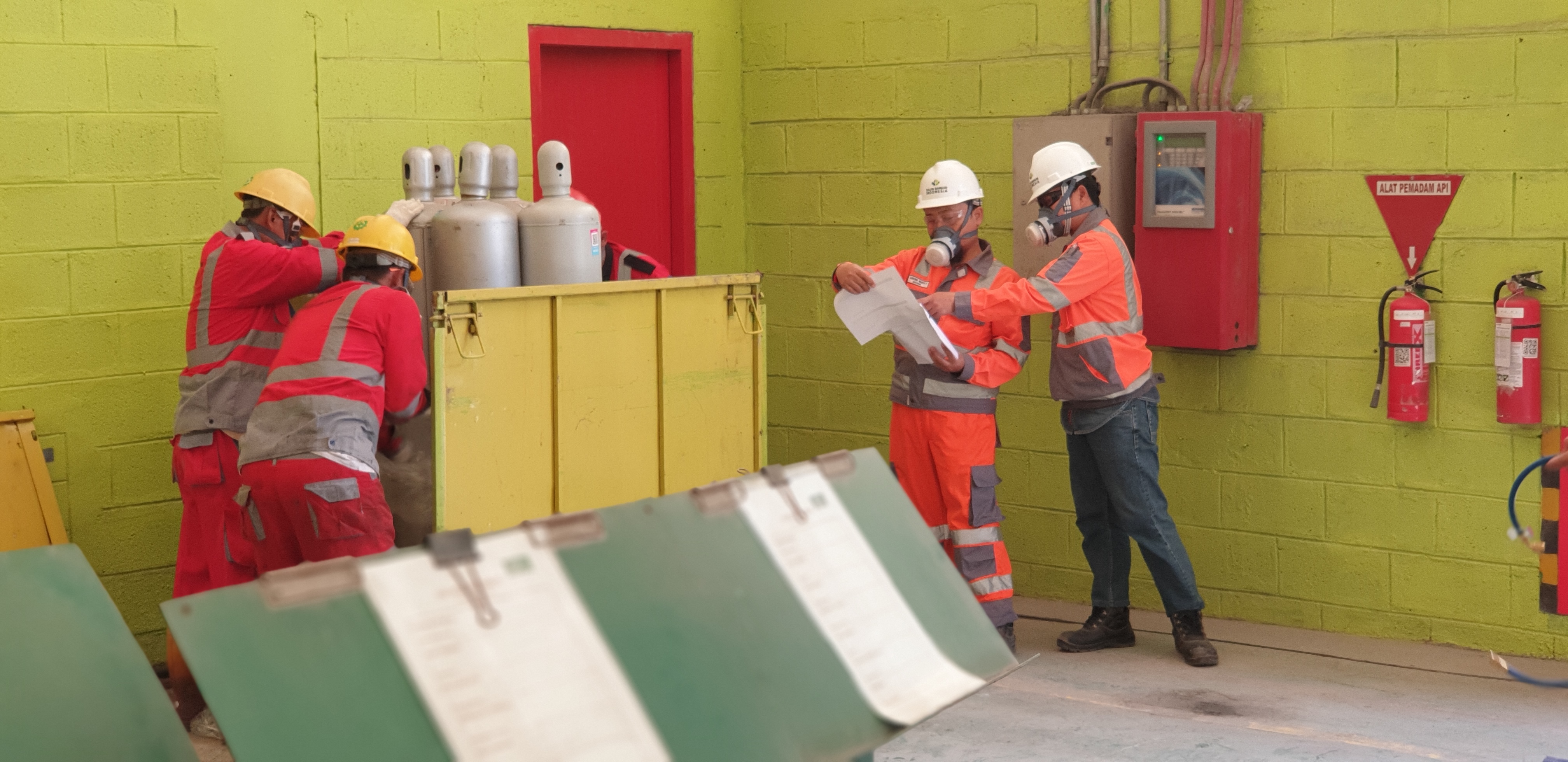Leveraging the carbon market to incentivize the destruction of highly potent – yet often overlooked - greenhouse gases
Refrigerants made from synthetic chemicals called hydrofluorocarbons (HFCs), commonly found in air conditioners and refrigerators, are a greenhouse gas emissions source that requires urgent attention and action. As the world copes with rising temperatures by consuming more refrigerants, this problem will only grow. Scaling HFC refrigerant management should therefore be an immediate priority.
One of the largest sources of HFC emissions is the venting, or release, of gases from equipment during servicing or end-of-life activities. Venting occurs because there are insufficient incentives and a lack of infrastructure for refrigerant recovery, reuse, or disposal. This is an especially large problem in “Article 5” nations (so called due to their status in the UN’s Montreal Protocol treaty), where air conditioning usage is growing fastest but super-polluting refrigerant usage is decreasing slowest. Article 5 countries also typically do not have robust markets for reclaimed refrigerants, making destruction the only feasible and environmentally friendly option.
Voluntary carbon markets can provide the capital necessary to finance proper refrigerant management. Yet there is no internationally eligible standard or methodology for the recovery and destruction of HFCs. We wrote this first methodology for the recovery and destruction of HFCs out of our conviction in the high importance and integrity of this project type. Our methodology has been backed by years of industry interviews, desktop and field research, and lessons learned from the implementation of existing projects for destruction of ozone-depleting substances. Underpinning the quality of these HFC recovery and destruction credits should be a robust chain of custody to document the movement of refrigerant, from source to destruction facility. We believe that innovations in software will one day allow our proposed chain of custody requirements to become industry best practice.
In this publication, we build upon existing refrigerant destruction carbon credit methodologies for refrigerant disposal so that they also include HFCs as eligible substances (see the CC Lab's overview of existing refrigerant carbon credit methodologies here). As of May 2024, we have produced a version 2.1 of the draft methodology, along with responses to public comments received on version 1.0. All version 1.0 files are still available below.
The documents for version 2.1 that are available for download below are as follows:
A white paper explaining the need, context, and justification for an HFC recovery and destruction methodology. We believe that, with thoughtful requirements for documentation and chain of custody, the destruction of HFCs in Article 5 countries can generate high-quality carbon credits that are permanent, verifiable, and additional.
Responses to public comment received on version 1.0 of the draft methodology. Any substantive changes to version 2.1 are listed here.
An updated draft methodology for the recovery and destruction of HFCs in Article 5 countries. Developed as a set of revisions to version 1.0 of our draft methodology, version 2.1 is broadly applicable as a set of revisions to existing refrigerant destruction methodologies from all registries, or as a standalone methodology for HFC recovery and disposal.
With this launch, we welcome further public comment and collaboration on the white paper and draft methodology.
Note: Version 2.1 makes a very light clarification to version 2.0 that more explicitly allows for the recovery and destruction of refrigerant heels from disposable cylinders.
Version 2.1 Documents
White Paper
Responses to Public Comment
Draft Methodology Version 2.1
Version 1.0 Documents
White Paper Version 1.0
Draft Methodology Version 1.0
Peer Review
Background photo courtesy of Recoolit.
